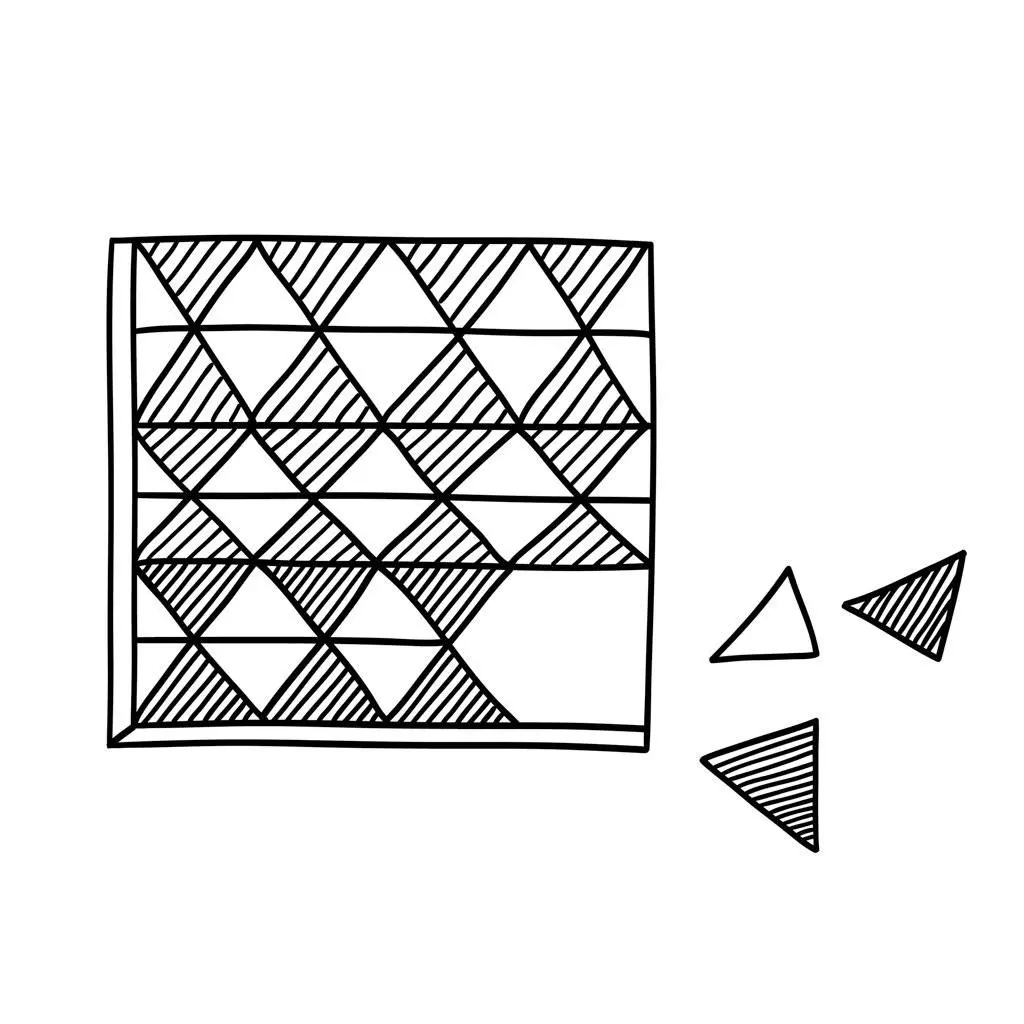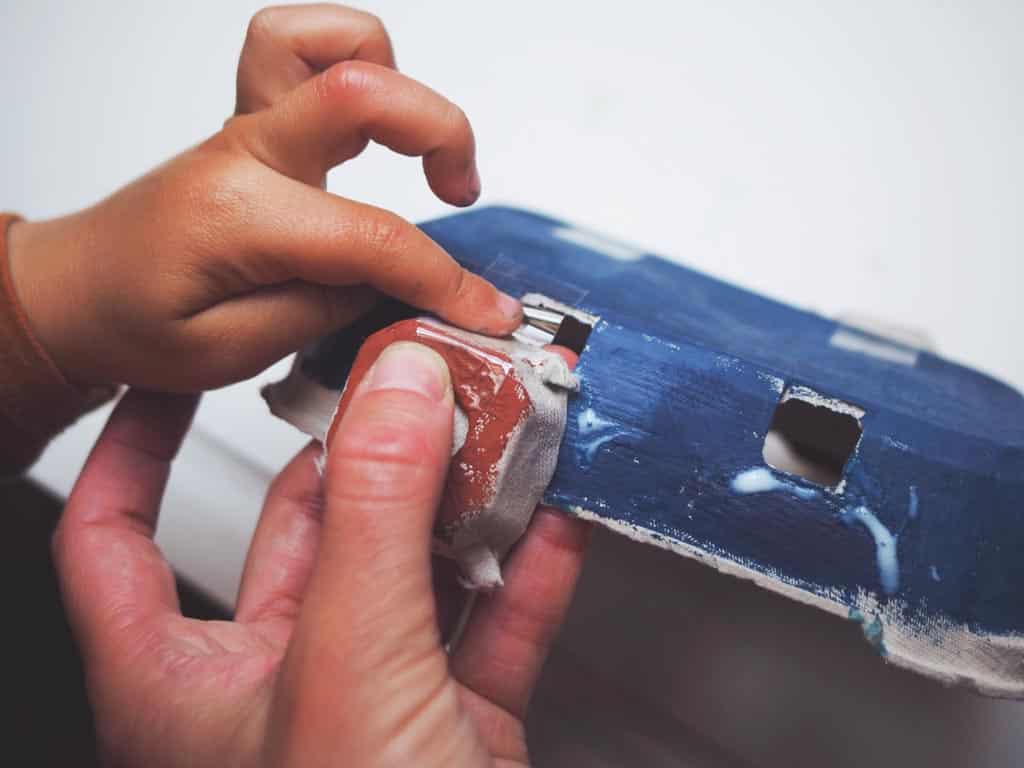Identifying patterns – and making our own – is at the heart of learning. Help your child to master this skill and she will be on the road to reading, writing and confidence with numbers. And, best of all, it can all be done through play.
What is a pattern?
What makes patterns such a powerful learning tool?
A pattern can be many things:
- A repeated arrangement of elements. For example, stripes or spots on wrapping paper.
- A sequence of numbers, shapes, or other elements that follow a specific rule.
- The number sequence: 1, 2, 3, 4, 5.
- Square numbers: 1 x 1, 2 x 2, 3 x 3, 4 x 4
- Shapes: Circle, semicircle, triangle, square, pentagon
- A regular arrangement. Five dots on a die, in the shape of an ‘x’. Six dots on a die in two rows of three. The arrangement of veins on an oak leaf. The structure of carbon.
- A regular behaviour. My cat follows a pattern. Out at night; home in the morning.
Because patterns are a repeated or regular arrangement of elements, we can use them to predict.
Fruit: A pattern
My daughter was learning to draw circles
It took her a while.
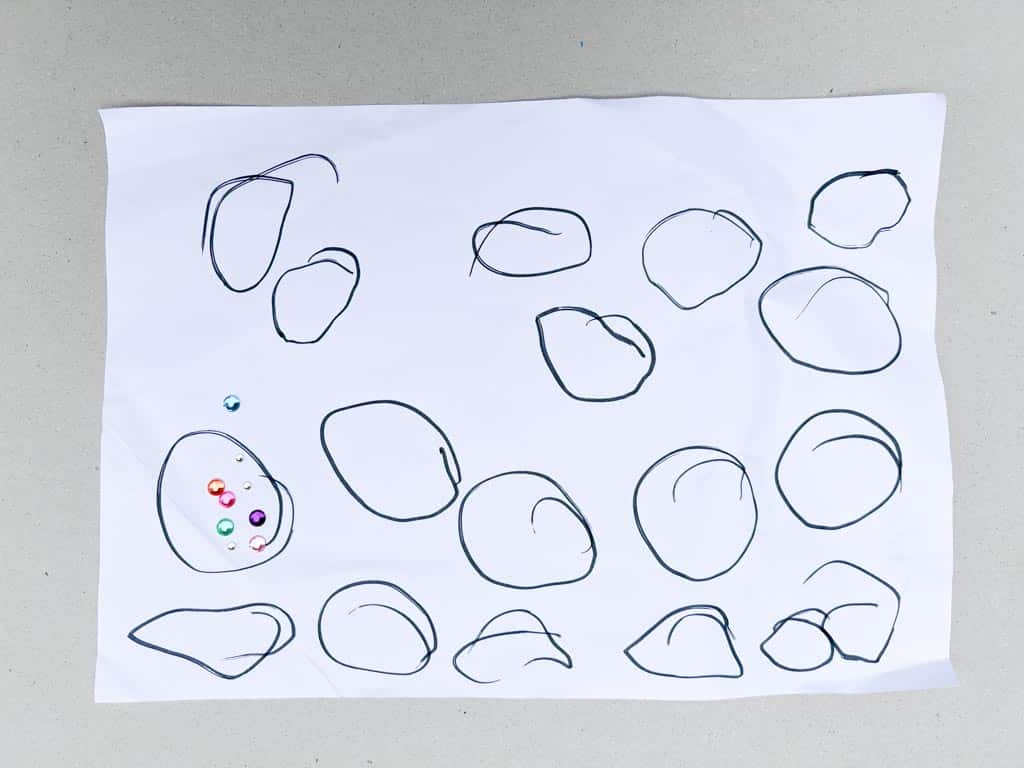
It’s hard to get back to the point you started from. More often than not, you fail to connect and end up with a spiral instead.
But she soon got the hang of it.
She even enjoyed enclosing circles within circles. Circle gem stickers within her drawings.
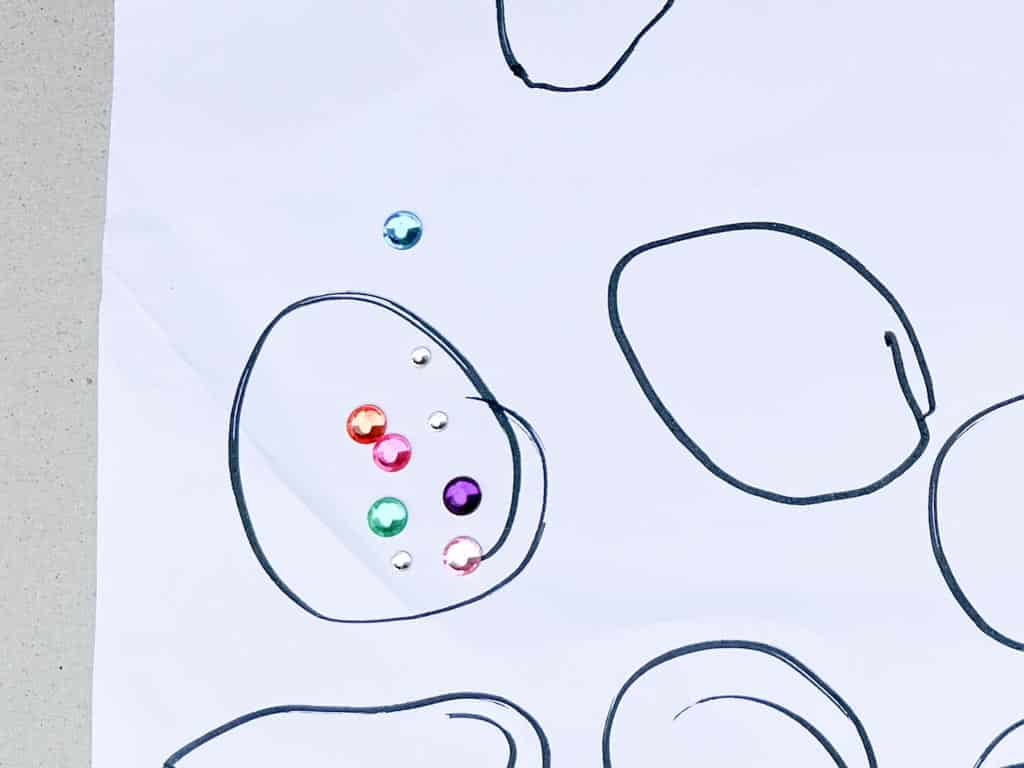
After a while, she started to see the circle pattern everywhere. And she realised that she could use it as the basis for other shapes.
What is fruit if not a circle with a stem or leaf at the top?
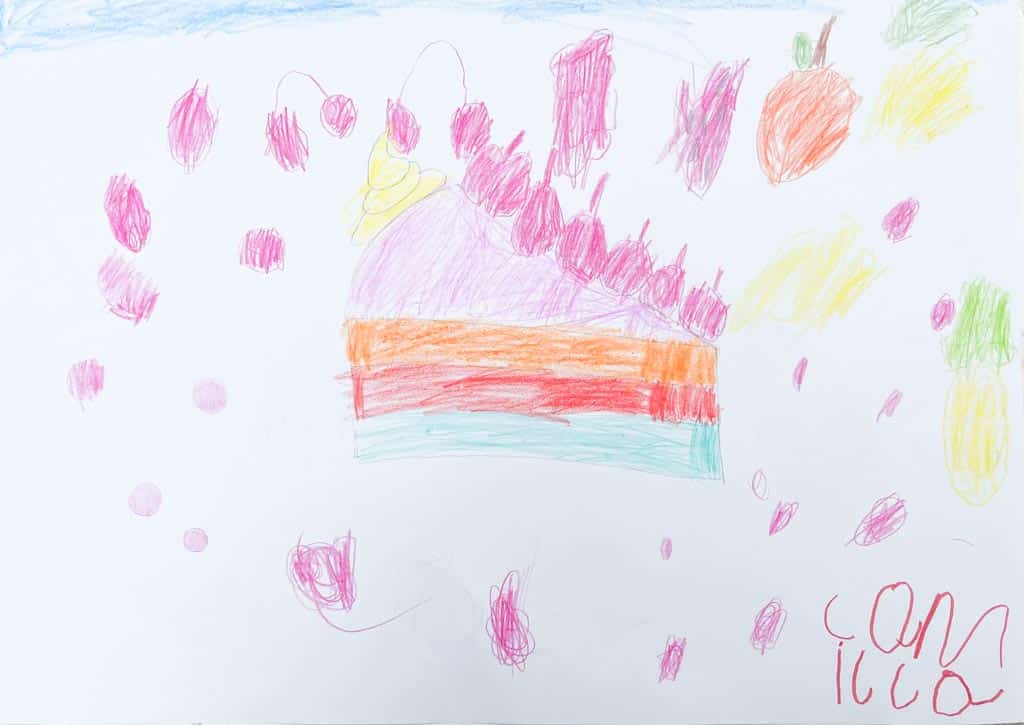
This is a slice of cake for you, Daddy. For your birthday.
The slice looked good but it was missing something.
Cherries.
So she drew a line of them on top of the cake.
This arrangement pleased her and she wanted to continue. So she drew more cherries. And more. Until the page was full of them.
And then she made a connection:
Fruit is just a coloured circle with a leaf on top.
And just like that, she could draw oranges, lemons and pineapples.
All because she figured out the pattern.
And you know what else is a circle with a bit sticking out?
The letter ‘p’.
And ‘b’ and ‘q’.
When you can see a pattern, you can make a mental representation of it, a schema, and once you can do that, you can re-use that pattern again and again. You can draw a stick man, a tree or a bicycle. You can write.
What’s the difference between patterns, sequences and seriation
Sequences, patterns and seriation are closely related concepts in early childhood learning, yet they have distinct characteristics.
Sequencing and seriation, while related to patterns, are distinct concepts in themselves.
- Sequencing. This involves understanding and creating a specific order of items or events. Sequencing can be a part of pattern recognition, especially when the sequence repeats, like in a rhythmic or numerical pattern. However, not all sequences are patterns. For example, the sequence of events in a story.
- Seriation. This is about arranging objects in an order based on certain criteria (like size, weight, or colour). Seriation is more about understanding relationships and gradations among objects rather than creating a repeating pattern. Yellow is the third colour of the rainbow; Baby Bear is the smallest of The Three Bears.
Patterns, in a strict sense, involve repetition and regularity, which may not always be the case in sequencing and seriation.
The relationship between working memory and patterns
Working memory plays a key role in pattern-making activities. It enables children to hold and manipulate information about the sequence of a pattern, such as the order of colours or shapes. When your child makes a bead necklace, remembering and replicating a pattern, she is strengthening her working memory. This will serve her well when school starts and the demands on her memory increase.
How to make patterns with young children
Pattern-making activities are simple to create. You need nothing more than a few everyday objects from around the home.
For inspiration, see our guide to pattern activities.
Final word
Patterns are everywhere.
And when you spot one, it’s an exciting discovery.
A bowl of beads or counters is a great way to start. Offer the materials – and perhaps a homemade pattern card – and leave the rest to your child’s imagination.
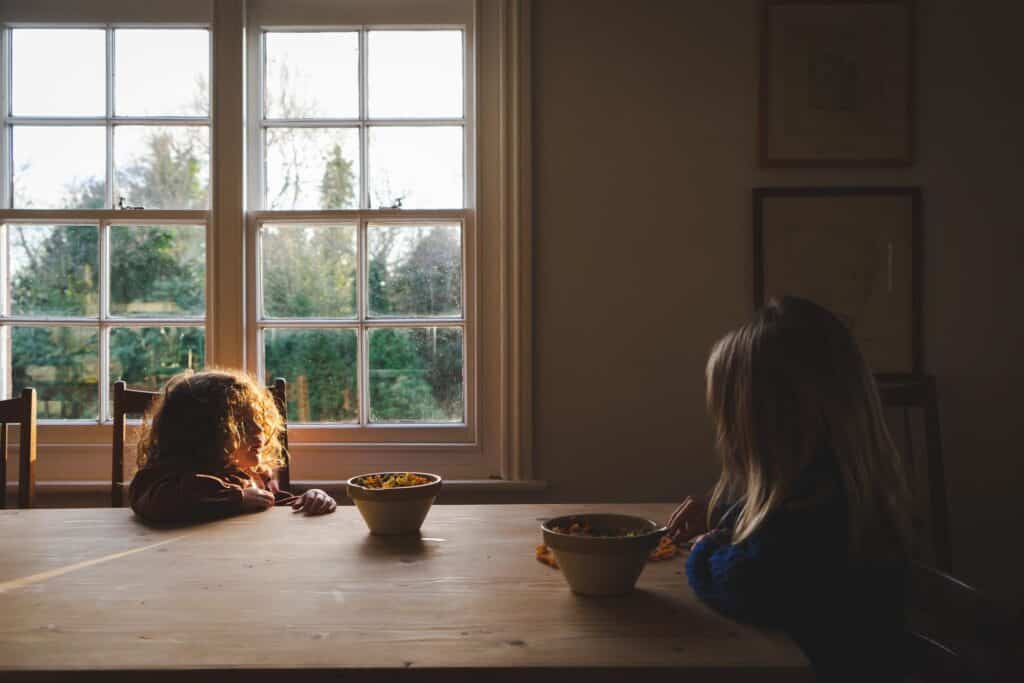
Have you run out of ideas?
What if you didn’t have to trawl the internet for play inspiration? What if your child’s freely-chosen activities were simple to set up, educational and deeply engaging?
How would that change things?
Our courses, A Year With My Child, Get Set Five and 5 Plus are designed for parents of toddlers, preschoolers and the over 5s and they’re packed full of fun and sensible advice.
Enter your email and we’ll send you free modules from each course. And then sit back and relax as your child learns to make her own fun.

